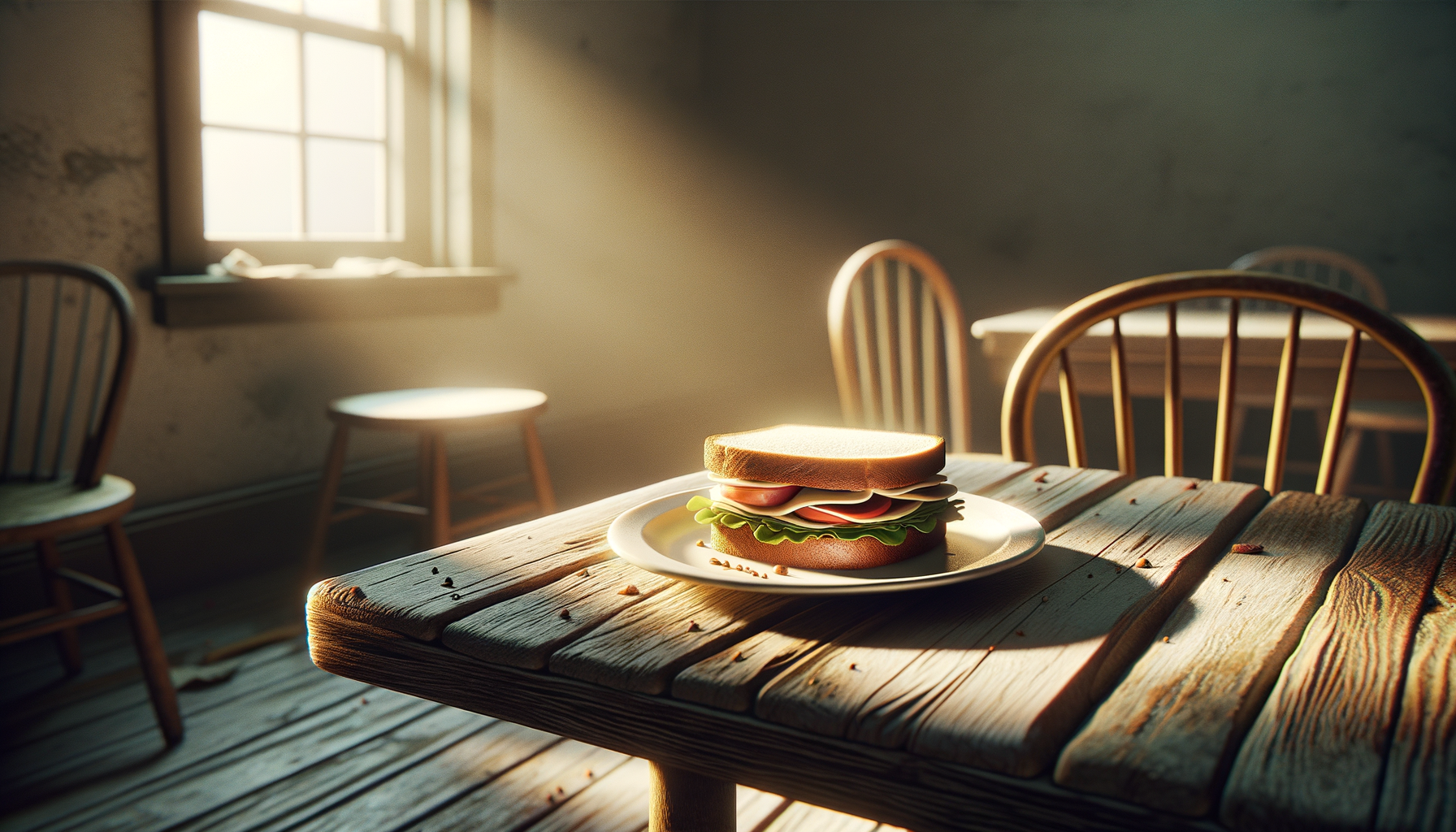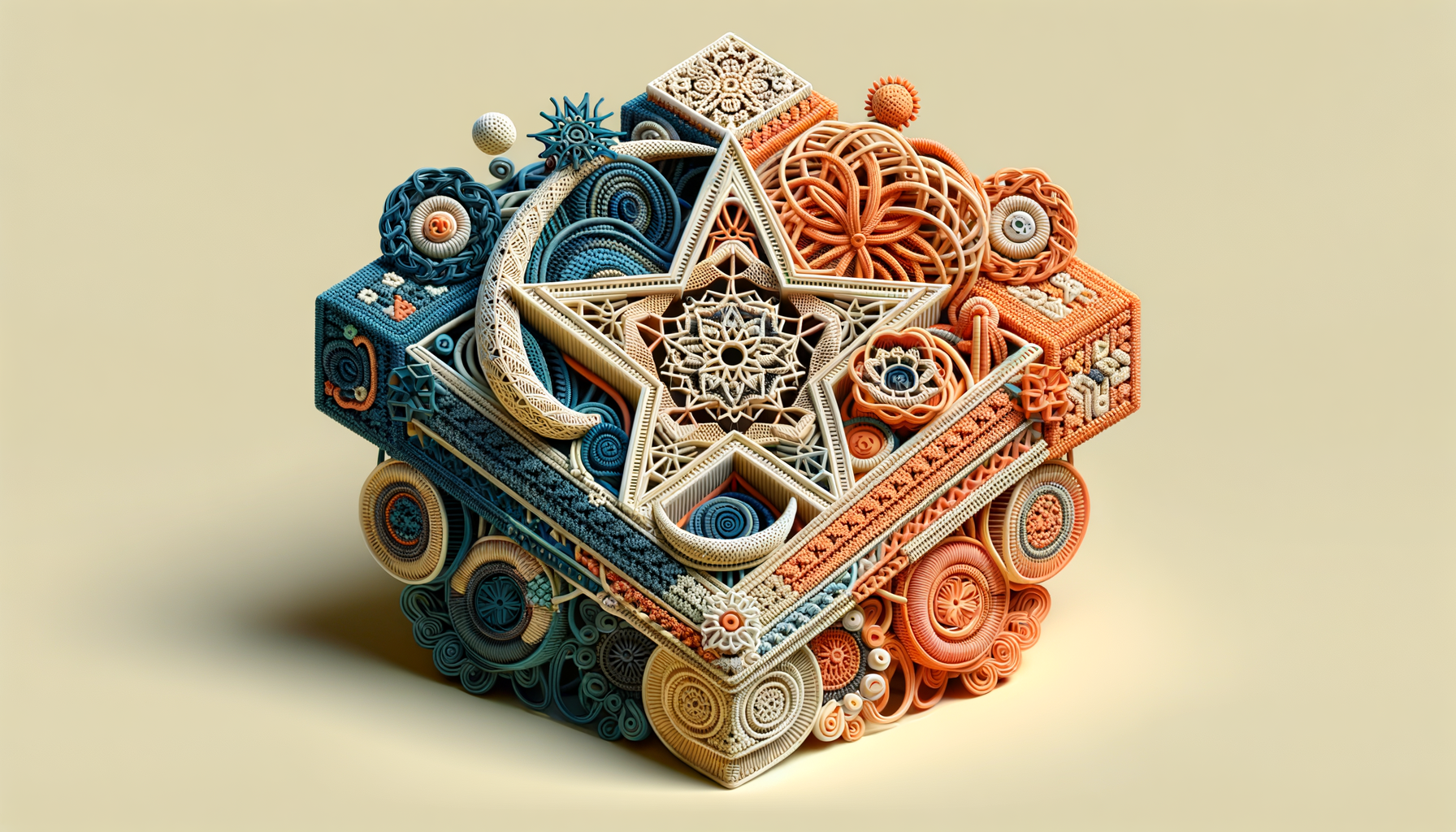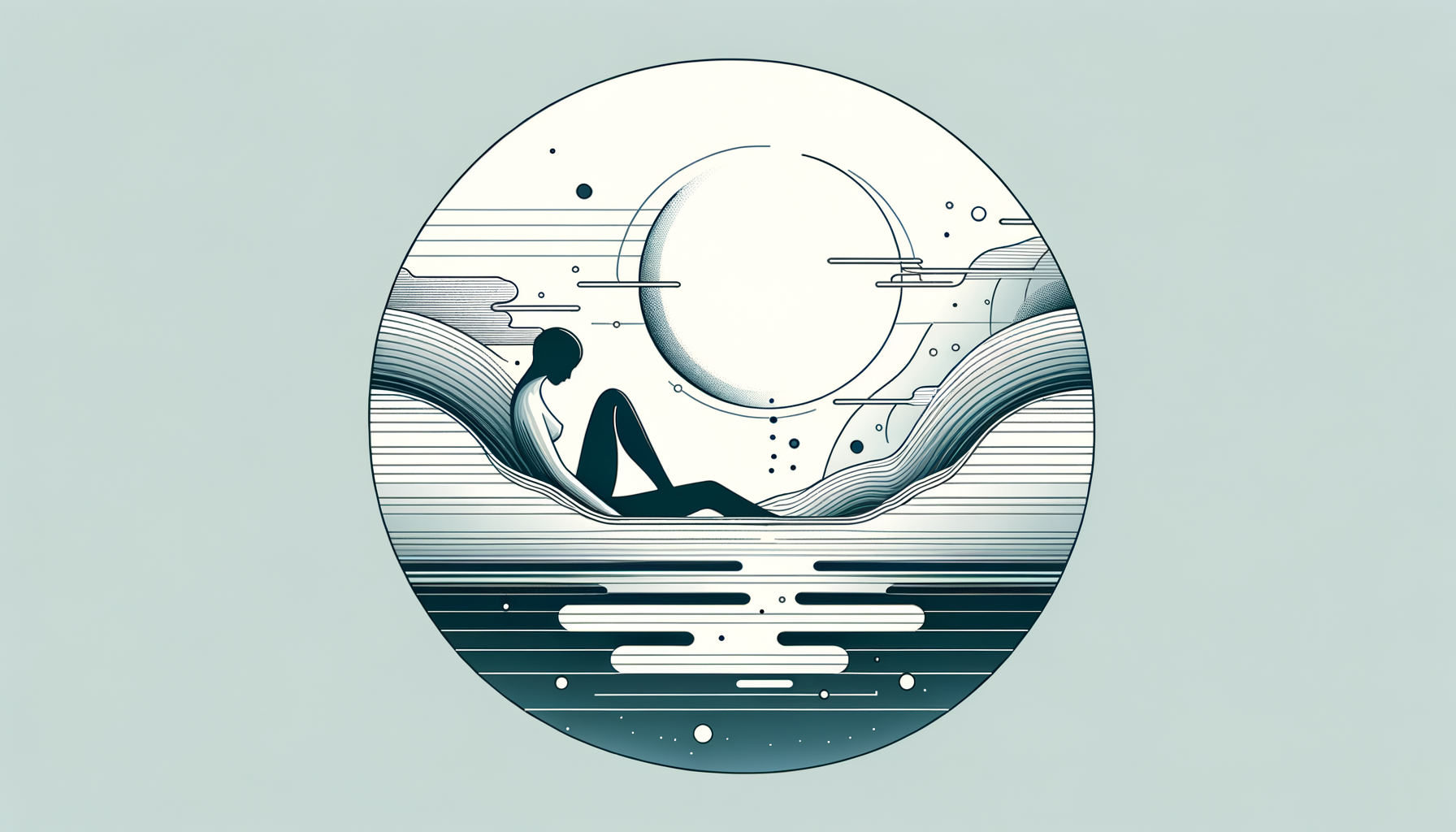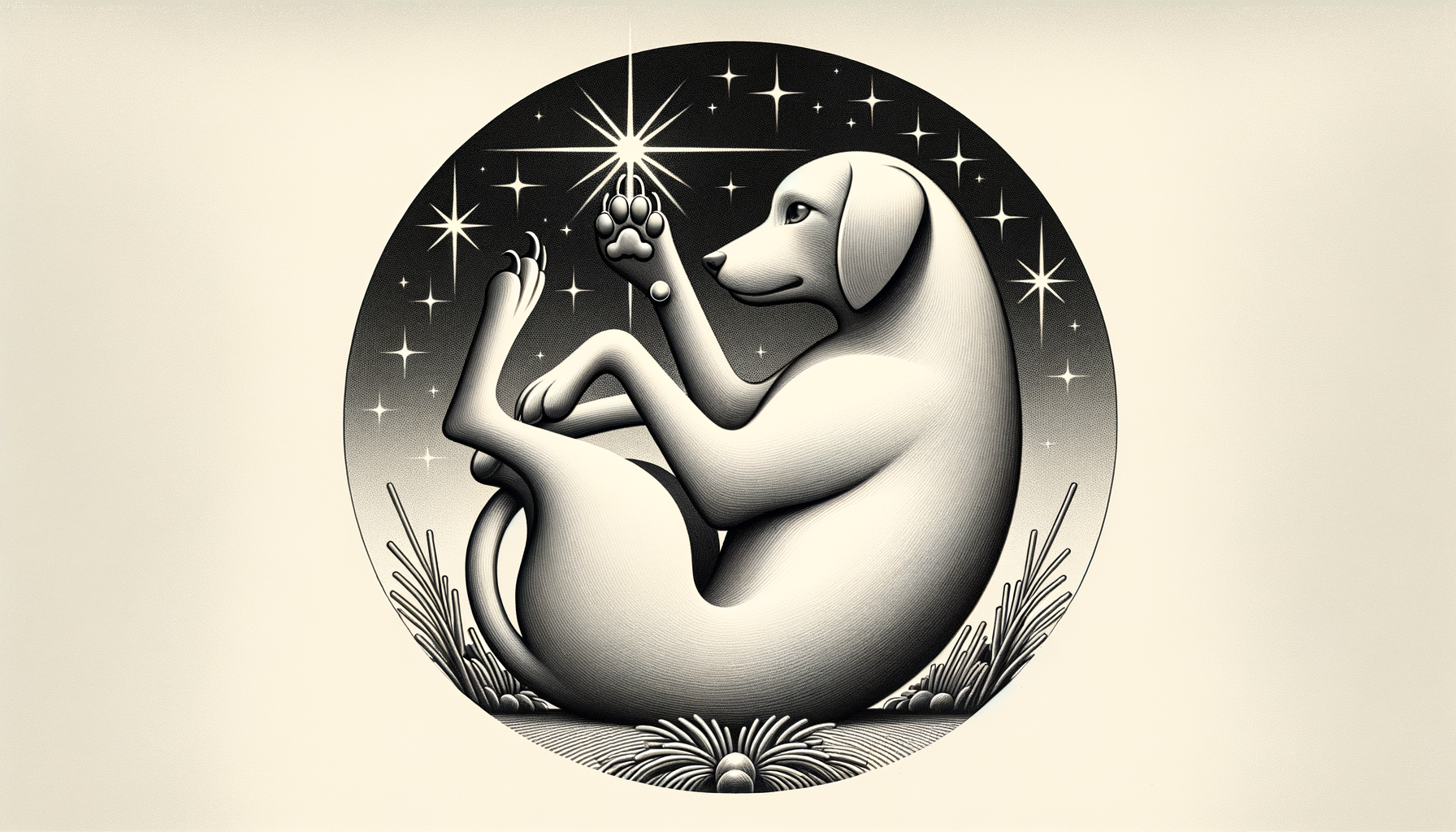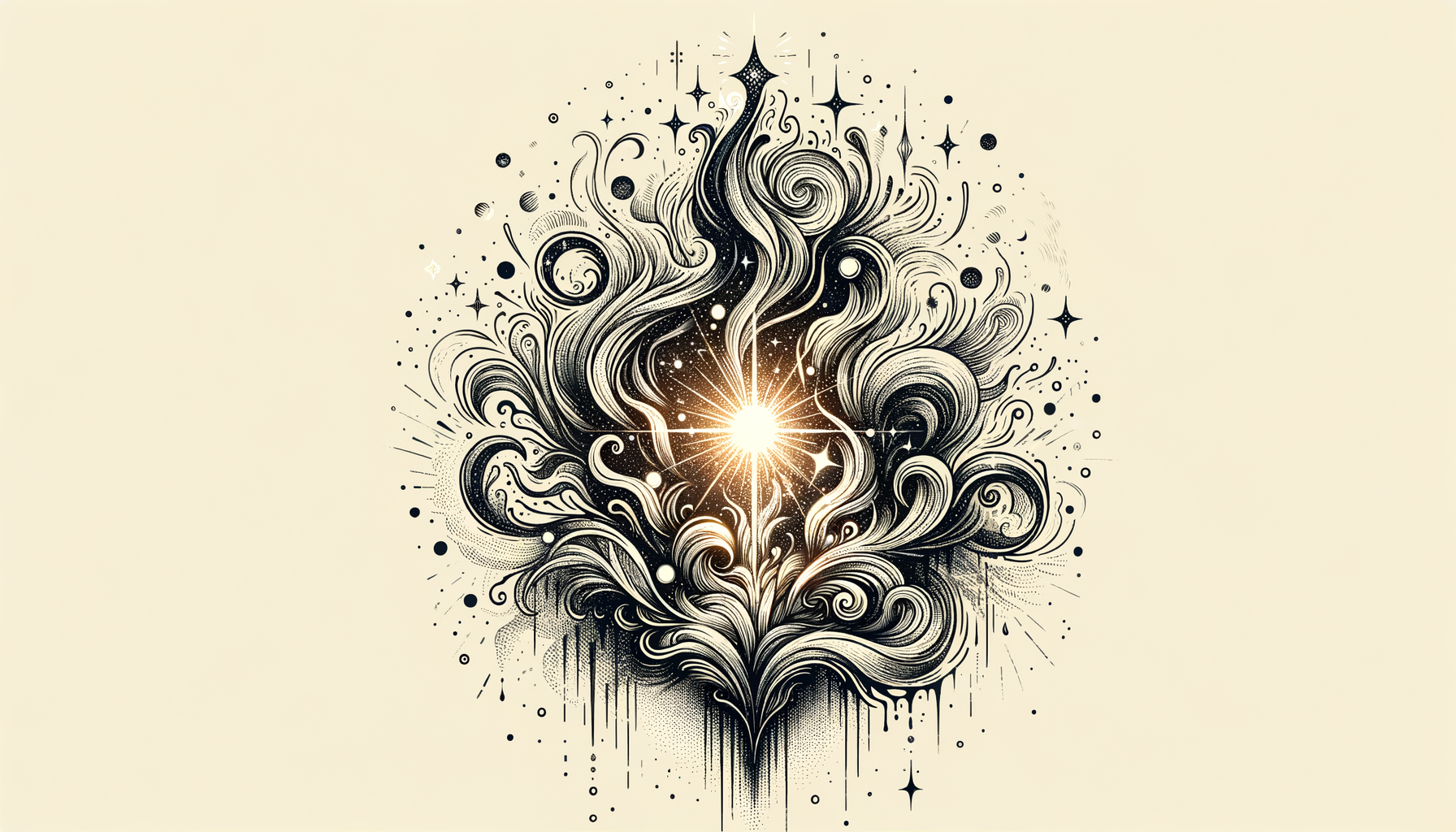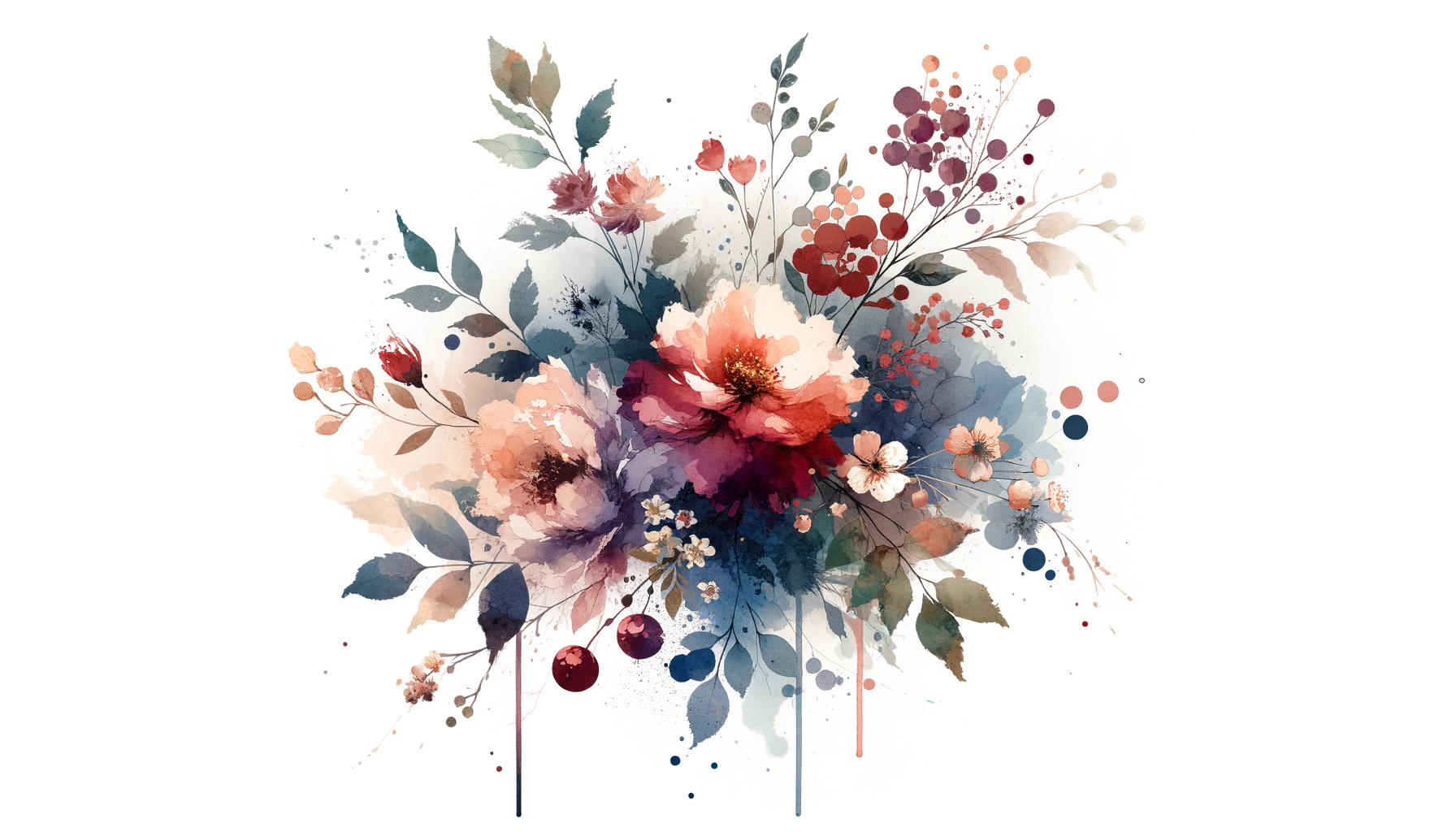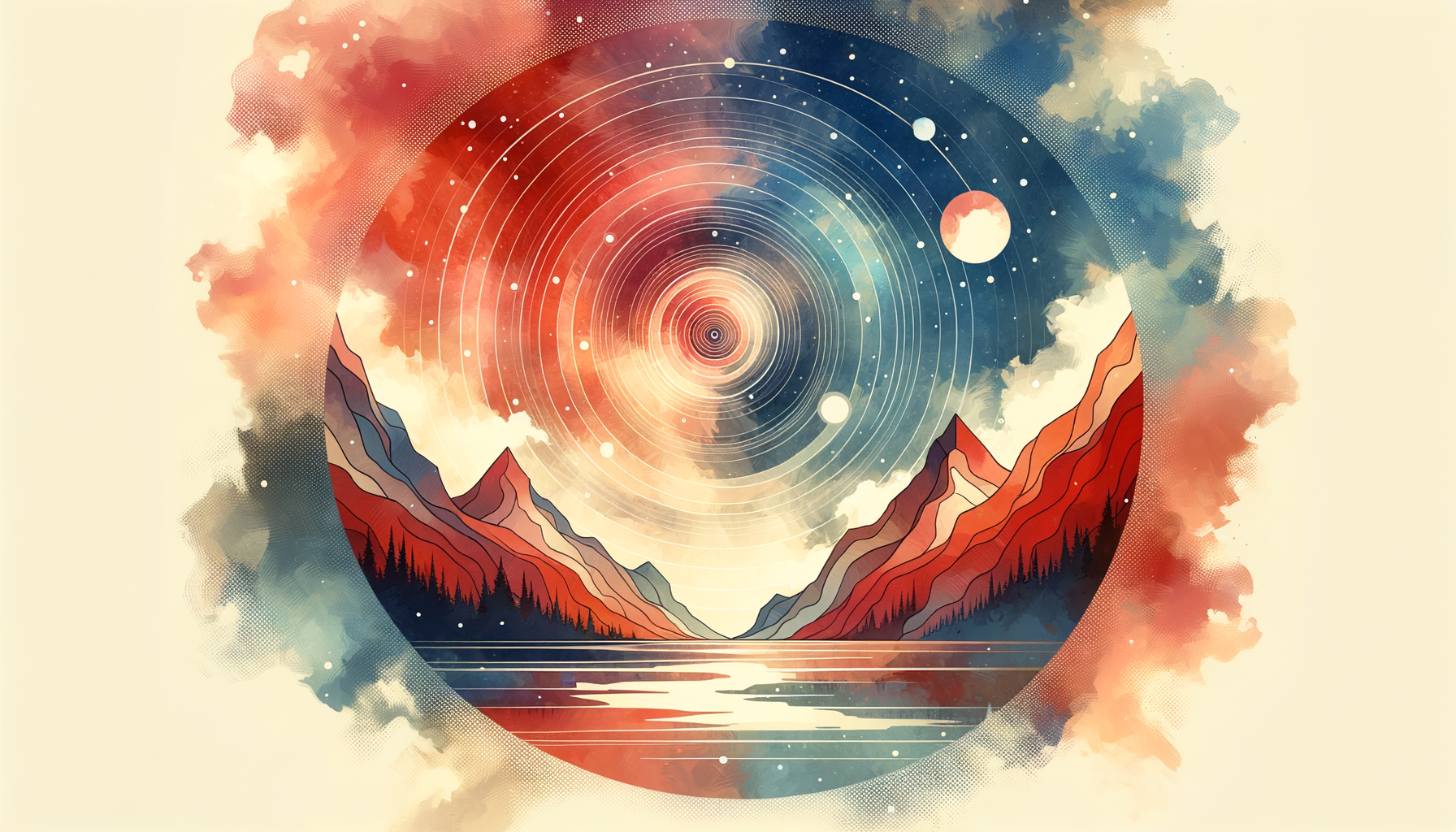The Scar That Tells a Story
We all have them—those marks, bumps, or jagged lines etched into our skin or our souls. Scars tell stories, and stories, dear reader, are what make us human. Some scars we show off with pride, claiming them as badges of honor: “This one’s from that time I tried to parkour after two margaritas.” Others, though, we do our best to conceal—covered up, smoothed over, or buried deep in the recesses of our iPhone Notes app under “Things I Don’t Want to Think About Right Now, Thanks.”
But here’s the paradox: Scars are personal, yet they’re universal. Whether literal or metaphorical, they shout, "I’ve lived,” even when we whisper, “Don’t ask.” They’re messy, funny, painful, and sometimes oddly beautiful. And just like relationships, scars remind us that the best stories often come with sharp corners and a little discomfort.
Chapter 1: The Love Bite (No, Not That Kind)
Picture this: You're chopping onions in college because you promised your roommate you’d cook something “impressive” for date night. You reach for a knife that looks like it’s been through three previous owners and possibly a stint in a rock band. One slip later, you’re clutching your hand and wondering if a bandaid can double as a love spell.
Fast-forward a few years, and there’s a faint silver line across your finger. No one notices it but you. Yet every time you look at it, you laugh at your overzealous attempt to make spaghetti “romantic” and end up grateful that your date cared less about the food and more about your company (plus, macaroni and cheese saved the night).
Like that scar, our wounds in love are teachers, not attackers. Maybe it’s an embarrassing first-date faux pas (accidentally calling someone the wrong name—classic) or a breakup that felt like the seventh ring of hell. The pain seems enormous in the moment, but give it time. You’ll find the lesson was worth it. Turns out, scars aren’t just evidence of where we’ve been—they’re proof we’ve grown.
Chapter 2: The Cultural Roadmaps
Some scars aren’t accidents; they’re deliberate. Intentional markings passed through generations, steeped in love, tradition, and identity. Growing up as a member of the Navajo Nation, I saw this firsthand in traditional practices like weaving Navajo rugs or hearing stories of ceremonial scarifications from our ancestors—symbols of achievement, rites of passage, or resilience. But scars like these don’t only live on skin. They’re woven into ancestry, whispered in stories at family gatherings over fry bread and coffee.
Other times, cultural scars take a darker turn. Colonialism, migration, or systemic biases can leave generational wounds even more permanent than skin-deep. Take a moment to think about the way you love: Is it informed by how your parents loved, or maybe how they didn’t? These scars may be invisible, but they shape the ways we connect with others—and ourselves.
Learning to make peace with cultural scars isn’t easy, but it’s essential. For me, it meant seeing them as roadmaps rather than chains. They’re not there to trap us—they show us where we’ve been, what we’ve survived, and where we might want to go next.
Chapter 3: Breakups Are Basically Emotional Carpet Burns
There’s no easy way to describe the sting of a breakup. It’s like sitting in the shower binge-listening to SZA while feeling like your chest cavity has been replaced with a pile of particularly damp socks. And yet, looking back, isn’t there always something oddly funny about the drama of it all? The overanalyzing texts with friends, the sleep-defying conversations with yourself (“But HOW did I not see the ice cream date as a red flag?!”), and the inevitable post-breakup spiral where you convince yourself—against all logic—that a dramatic haircut might fix everything.
Breakups leave scars, sometimes deep ones. But they also carve out space for something new, something better—even if it takes twenty episodes of a true crime podcast to remind you that no, you shouldn’t get back together just because he said he “misses your dog.”
Here’s the thing: after a bad breakup—or even a good one—your emotional scar tissue grows back thicker. Not in the way that makes you hard or bitter, but in the way that reminds you that you’re stronger and wiser than you were before. Just like physical scars heal with a bright pink vibrancy before they fade, emotional ones start out loud and then soften into something else entirely. Give yourself grace to go through the process.
Chapter 4: Scars, but Make It Sexy
Is there anything less fun than dating perfection? A perfectly curated Instagram feed, a suspiciously chipper attitude, or a life without a single misstep sounds… well, exhausting. Scars—whether it’s the tiny nick on your jaw from a doomed shaving experiment or the deeper cracks in your heart from loving too hard—make us human. They’re conversation starters, ice-breakers, and the reason someone will choose you over the thousand other shiny distraction apps in their phone.
Think about your favorite romance stories. Darcy and Lizzy? Miscommunications galore until they finally got it together. Beyoncé and Lemonade? Literal personal catharsis put to music. Hell, even Harry and Sally spent a decade slow-dancing around their emotional baggage before figuring it out. Imperfection is magnetic. Vulnerability? Downright sexy.
So, go ahead: share the story of how you broke your toe doing the Cha-Cha Slide at a wedding, or that time you pitched a side hustle idea to your crush because, let’s be honest, you’re extra like that. If someone tells you scars ruin the romance, they’re missing the point: They are the romance.
Chapter 5: Healing Isn’t Linear, But It’s Worth It
If you’re reading this while nursing a scar—physical, emotional, or spiritual—read carefully: You’re doing amazing, sweetie. No, really. Healing is an art, not a sprint. Sometimes it’s a masterpiece that comes together effortlessly; other times, it’s like assembling IKEA furniture… in the dark… with missing screws. But trust that you’re making progress, even on days it doesn’t feel like it.
Here are a few reminders for those in the healing trenches:
1. Give Yourself Time: It’s tempting to rush into a new relationship or hobby to “prove” you’re over it. You’re not a soap opera character; real growth takes time.
2. Lean on Your People: Friends, family, therapy—build your emotional dream team. You don’t heal in isolation; you heal in connection.
3. Revisit the Humor: Someday, the thing that stings now will probably make the best dinner party story. Imagine yourself telling that story with a smile.
4. Celebrate the Comeback: Scars represent survival. Small wins—like laughing about what once made you cry—are reminders of how far you’ve come.
Final Thoughts: Your Scars Are a Superpower
Maybe your scar has a story so ridiculous that it makes people laugh until their drink shoots out of their nose. Or maybe it’s a more sobering tale, one that shaped who you are today. In any case, it’s yours, and it’s beautiful. Life leaves marks on all of us, not because we’re weak or unlucky, but because we’re alive.
So wear your scars proudly. They’re messy, hilarious, poignant proof that you’ve lived, loved, and learned. And as you move forward—whether flirtation or familiarity is next—remember that your imperfections connect you to others in ways perfect skin, perfect dates, or perfect situations never could. Turns out, being perfectly imperfect is the sexiest story of all.




